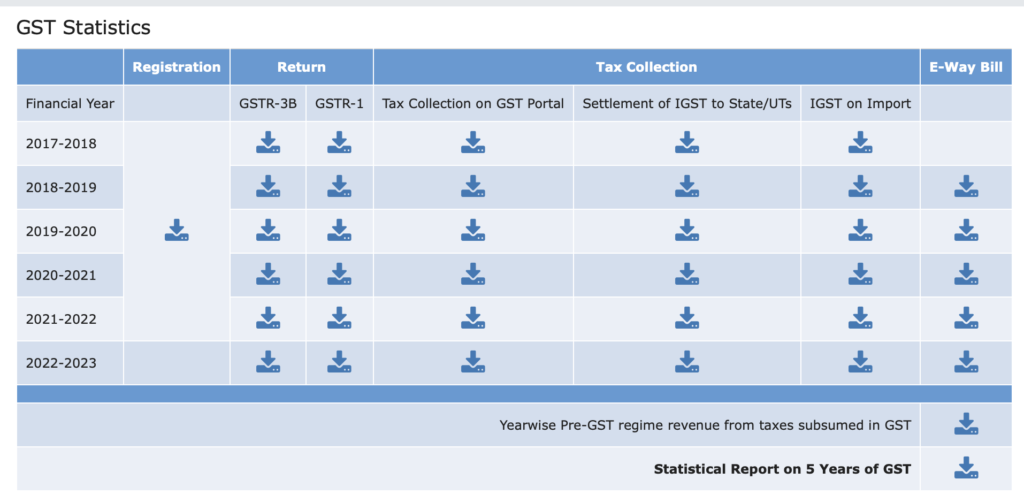In India, GST (Goods and Services Tax) is calculated based on the value of goods or services provided. The GST rate varies depending on the type of goods or services.
The GST rate in India is divided into four categories: 5%, 12%, 18%, and 28%. Some goods and services are exempt from GST, and some are taxed at a lower rate, such as essential items like food, healthcare services, and education.
To calculate GST in India, you need to follow these steps:
1. Determine the GST rate applicable to the goods or services you are selling.
2. Calculate the total value of the goods or services sold, including any taxes, fees, or charges.
3. Multiply the total value by the GST rate to get the GST amount.
4. Add the GST amount to the total value to get the final price.
For example, if you are selling goods worth Rs. 10,000 and the GST rate is 18%, the calculation would be as follows:
GST amount = (18/100) x 10,000 = Rs. 1,800
Total price = Rs. 10,000 + Rs. 1,800 = Rs. 11,800
Therefore, the final price of the goods would be Rs. 11,800.
Foreigners who are visiting India as tourists and Non-Resident Indians (NRIs) who are staying abroad and are not involved in any business in India are not required to pay GST on goods and services they purchase in India. However, if they are conducting any business in India or are involved in any commercial activities, they may be required to pay GST.
Foreigners who are involved in business activities in India, such as setting up a business, exporting goods or providing services in India, are required to register for GST and pay the applicable GST rates.
NRIs who are conducting business or providing services in India are also required to register for GST and pay the applicable GST rates.
It’s important to note that GST rules and regulations are subject to change, and it’s always best to consult a tax expert or Practicing Chartered Accountant or tax consultant for the most up-to-date information specific to your situation.
In India, there are mainly four types of GST, which are:
1. Central Goods and Services Tax (CGST): This is a tax levied by the central government of India on the supply of goods and services within a state or union territory.
2. State Goods and Services Tax (SGST): This is a tax levied by the state governments of India on the supply of goods and services within a state or union territory.
3. Integrated Goods and Services Tax (IGST): This is a tax levied by the central government on the supply of goods and services between different states or union territories.
4. Union Territory Goods and Services Tax (UTGST): This is a tax levied by the union territory governments of India on the supply of goods and services within a union territory.
The reason for having different types of GST in India is to ensure that the tax revenue is shared between the central and state governments. CGST and SGST are levied by the central and state governments, respectively, on the same transaction. The revenue collected from CGST goes to the central government, while the revenue collected from SGST goes to the state government.
IGST is levied when goods and services are supplied between different states or union territories. This ensures that the revenue is shared between the central government and the state or union territory where the goods or services are consumed.
UTGST is similar to SGST, but it is levied by the union territory governments instead of state governments.
Overall, the different types of GST in India are designed to ensure that tax revenue is shared between the central and state governments, and that the tax system is efficient and effective in collecting revenue.
The Union Territory Goods and Services Tax (UTGST) is applicable to the Union Territories (UTs) of India. The following UTs are currently under the purview of UTGST:
1. Andaman and Nicobar Islands
2. Chandigarh
3. Dadra and Nagar Haveli and Daman and Diu
4. Lakshadweep
5. Delhi
6. Puducherry
It’s important to note that the GST rates and regulations may be subject to change, and it’s always best to check with the official GST website or consult a tax expert or practising CA or tax consultant for the most up-to-date information.



